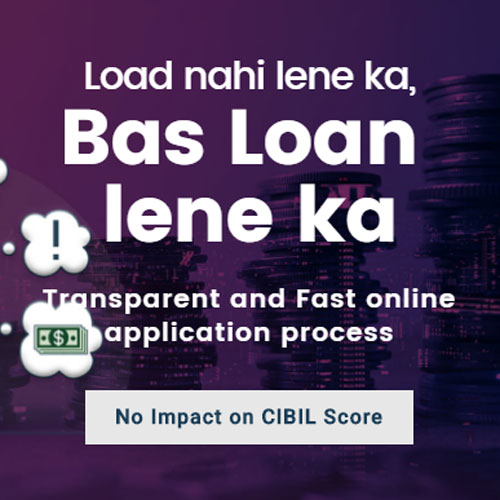Bank of Baroda (BOB) Car Loan Interest Rates
Bank of Baroda offers loans that are designed to suit the needs of individuals and corporates looking to buy a car to suit their needs and requirements. Bank of Baroda finances a variety of cars and offers loans of up to Rs. 100 lakhs along with a maximum repayment tenure of 7 years. Apart from this, an additional unique facility offered is the installation of LPG/CNG gas kit for cars thereby enabling customers to be more environmentally conscious.
Bank of Baroda Car Loan Interest Rates Table
| Base Rate | 8.60% to 10.35% |
| Rate of Interest | B.R + 0.25% |
| Loan Tenure | A maximum of 7 years |
| Loan Amount | A maximum of Rs. 100 lakhs |
| Margin | 15%-20% on the road price of the car |
| Prepayment Charge | Nil |
How to calculate Interest rate on my Bank of Baroda Car Loan
EMIs or Equated Monthly Installments is a flexible and easy way to repay car loans. These EMIs consist of both the principal amount and the interest amount and the interest portion depends on the rate of interest determined by the Bank of Baroda. Apart from this, the loan tenure also plays a significant role.
The EMI amount that is to be paid can be calculated with a simple formula as illustrated below –
E = P*r*[(1+r)^n/((1+r)^n-1)]
In the above formula, E refers to the EMI, P is the principal amount, r refers to the interest rate and n is the number of years or tenure of the loan.
Factors affecting Bank of Baroda Car Loan Interest Rates
The variables that impact the interest rates for Bank of Baroda Car Loan are essentially what drive customers looking to avail car loans. To put it simply, lower interest rates are what everyone seeks so that they can reduce their overall loan expenses. It is also important to note that there are multiple factors that affect interest rates for a Bank of Baroda Car Loan. Some of these factors are –
- Income – one of the main criteria to be eligible for a vehicle loan in most banks is a minimum monthly income. This assures the bank of the customer’s ability to repay the loan. Customers are known to take measures like including the salary of their family members to their own to meet this income requirement, failing which the loan-application is either rejected outright or the interest rate charged is higher.
- Tenure – Most tenures range between 12 and 84 months, though even this is subject to the bank offering it. In most cases, customers opt for longer tenures to drive down the EMI, this also means the customer ends up paying a significantly higher interest amount. Banks often view longer tenures as dicey business, and shorter tenures tend to be encouraged.
- Debt-to-income-ratio – Customers with outstanding loans are viewed as higher financial risk by banks, because their current income is already being employed to repay these existing loans. The possibility of inconsistency in repayment of loans over time put the banks on a cautious footing while considering such customers.
- CIBIL scores – This is a system introduced by the Credit Information Bureau of India Limited that scores a person on the basis of his/her outstanding debts, payments and loans. Banks and other financial institutions employ the CIBIL score as the standard for a person’s eligibility, and prefer providing loans to those with a high score.
- Prior Working relationship with the bank – If the person has a healthy history with the bank, it is all the better as the Bank has knowledge of the person’s payment history hence providing loans is a lot less risky for them





